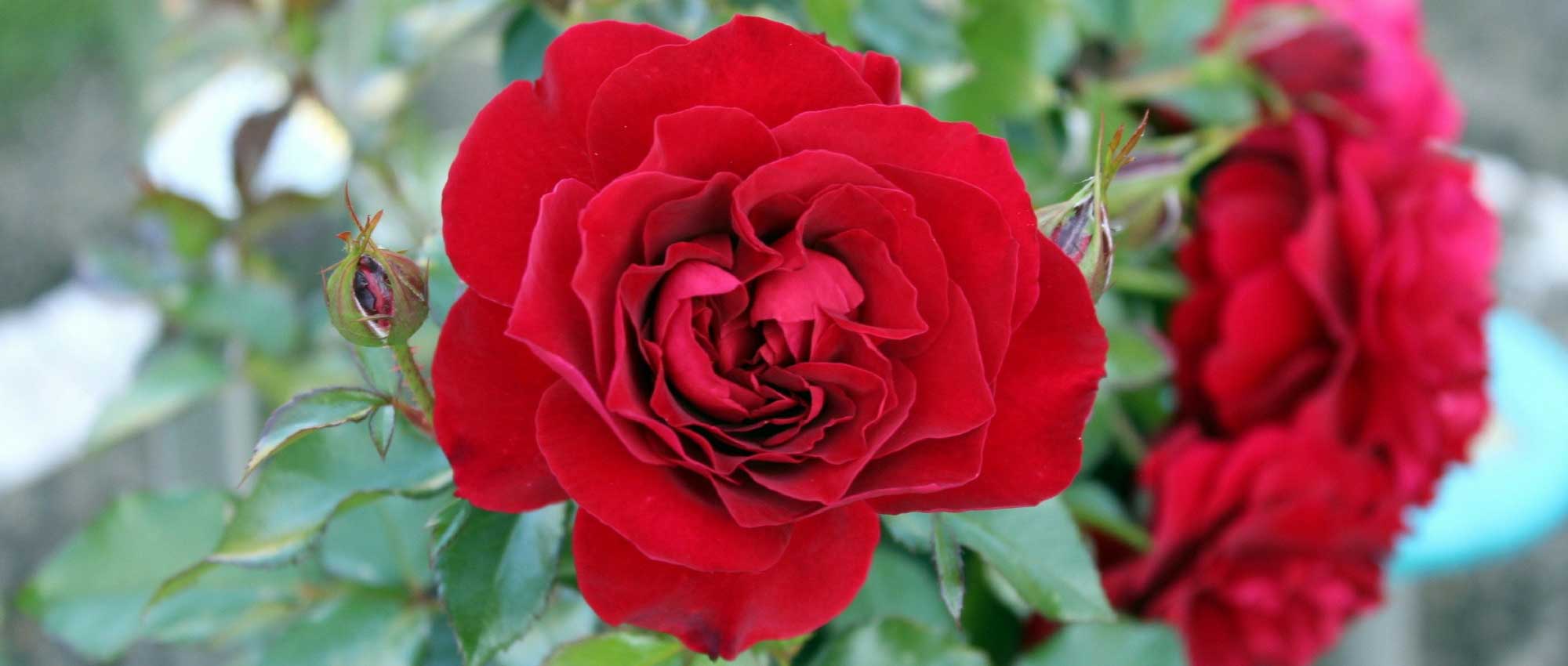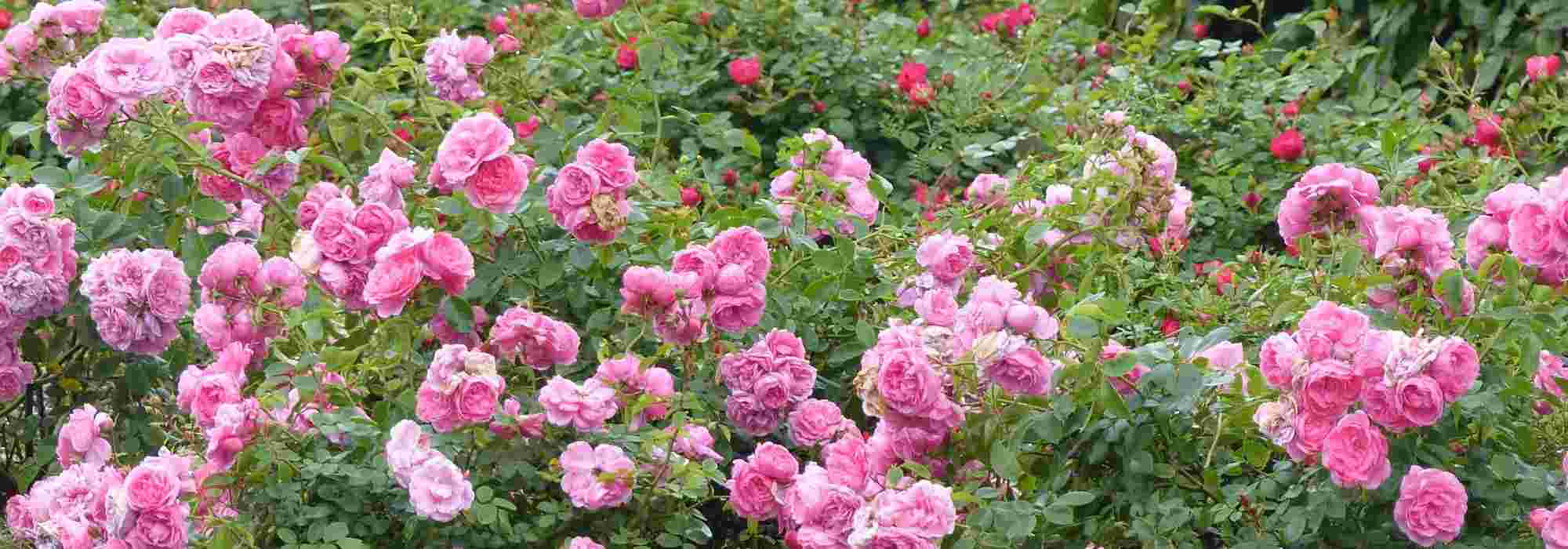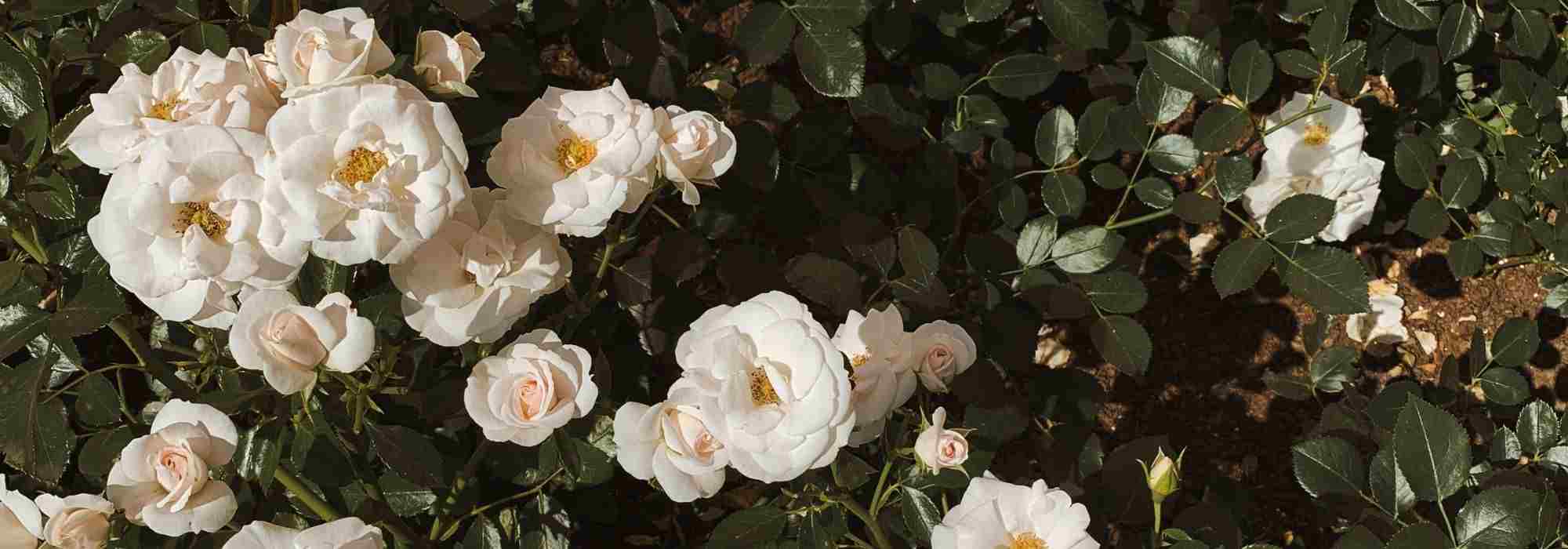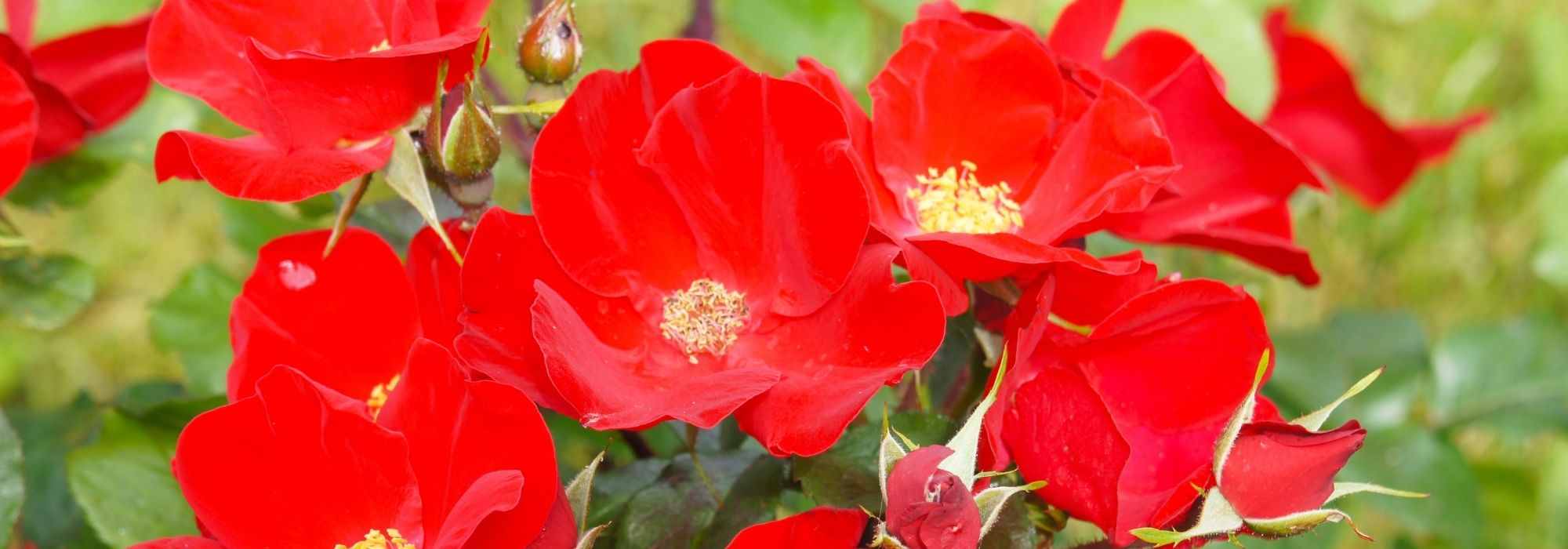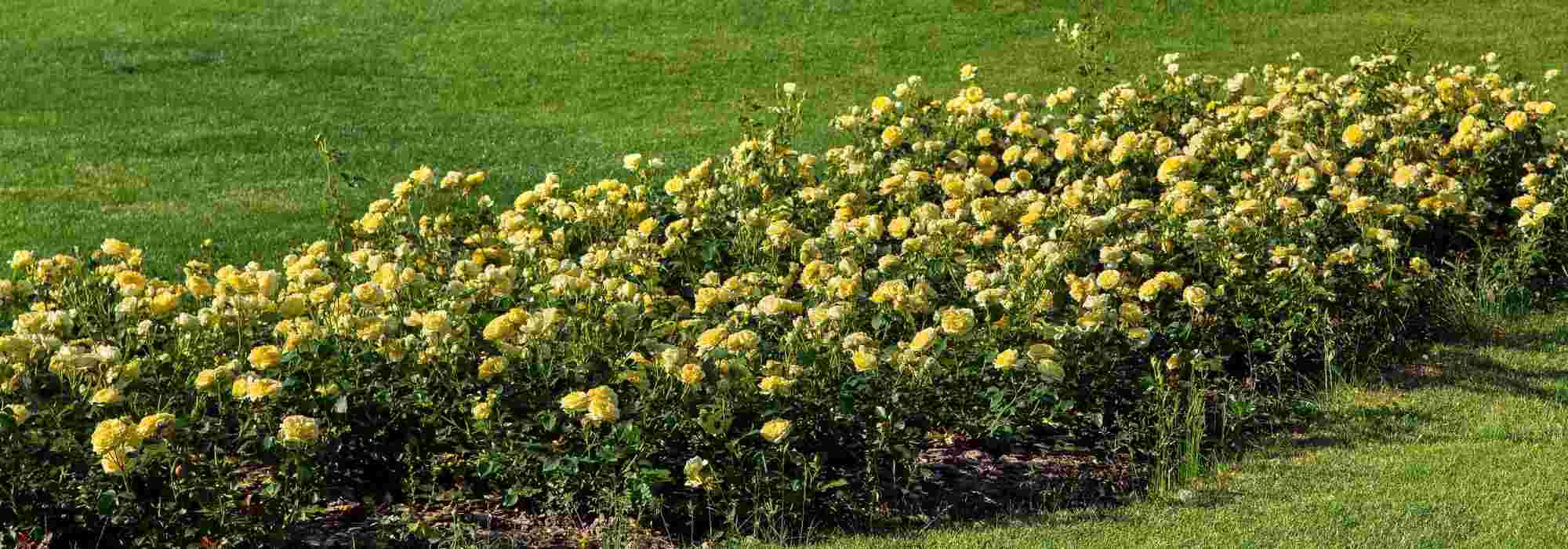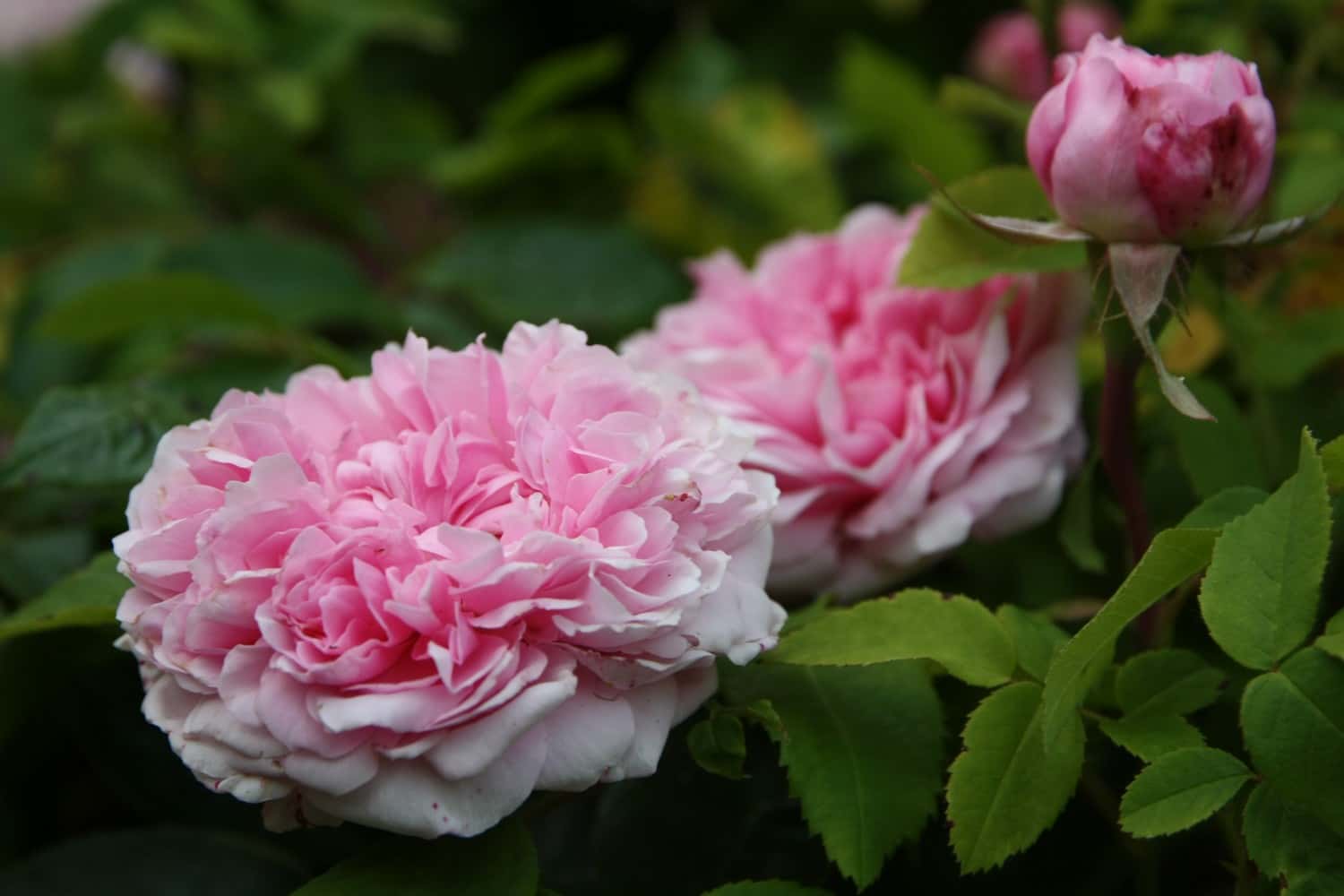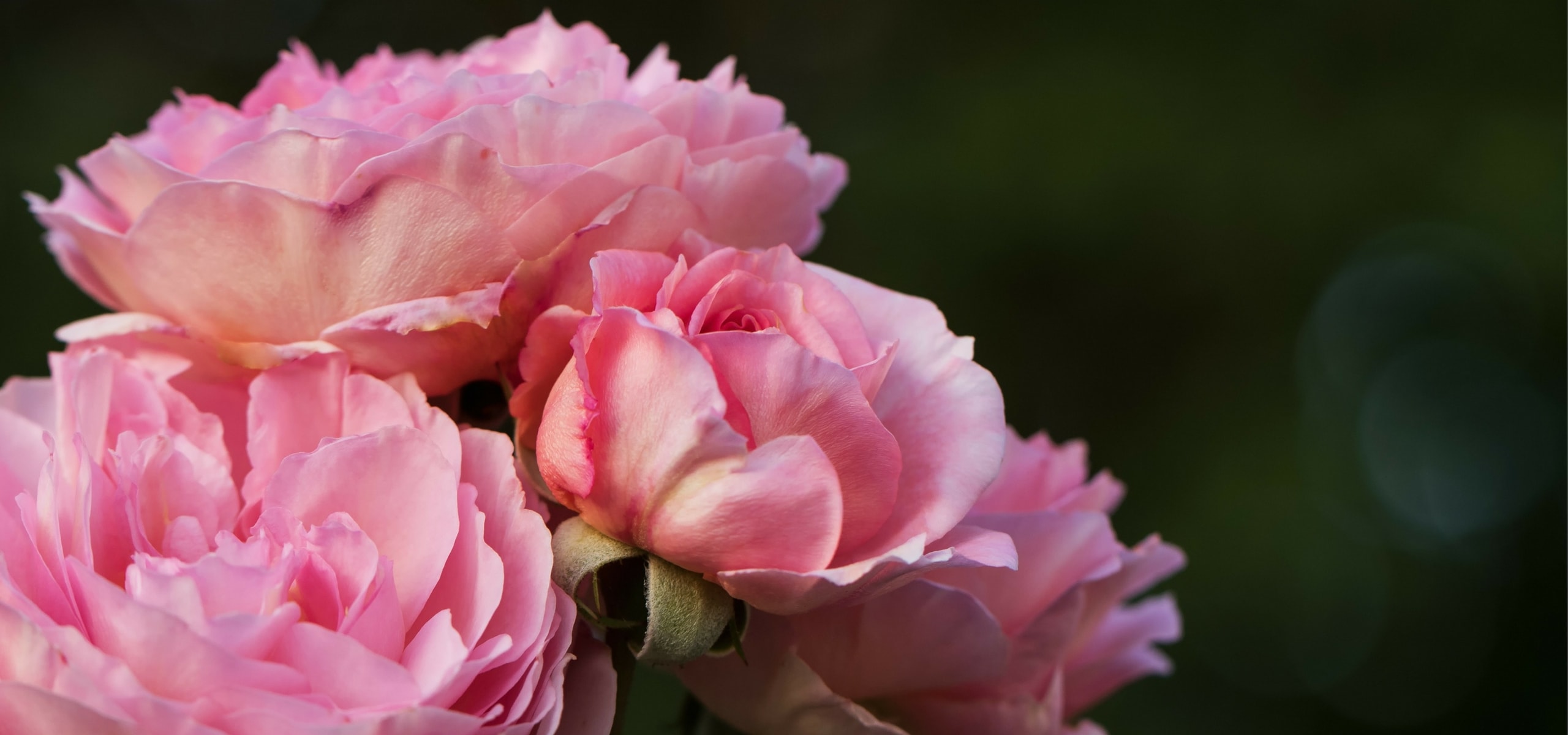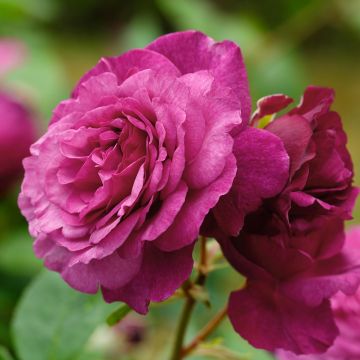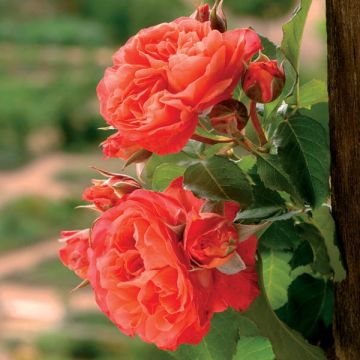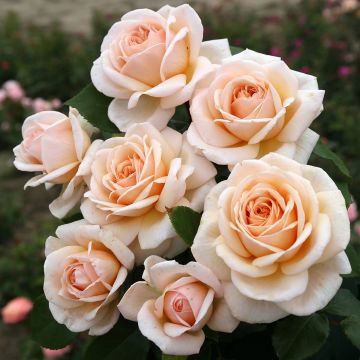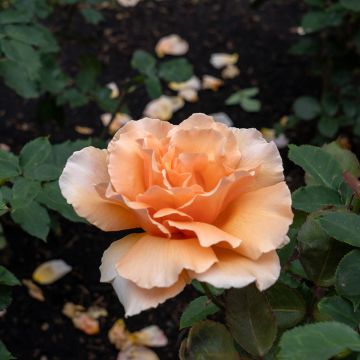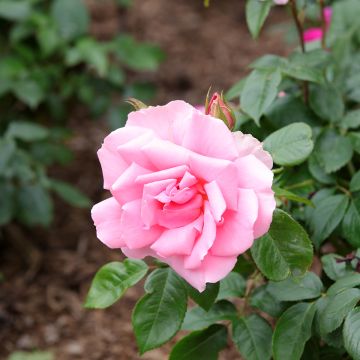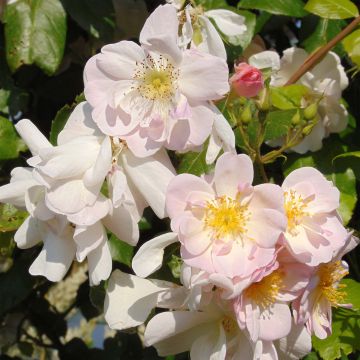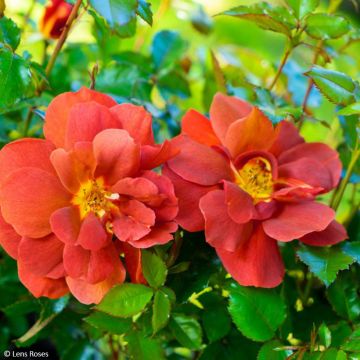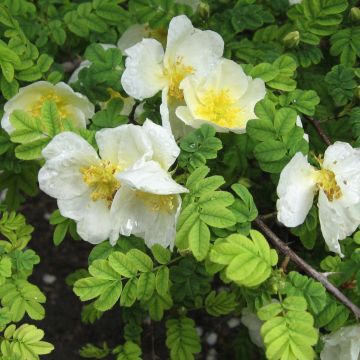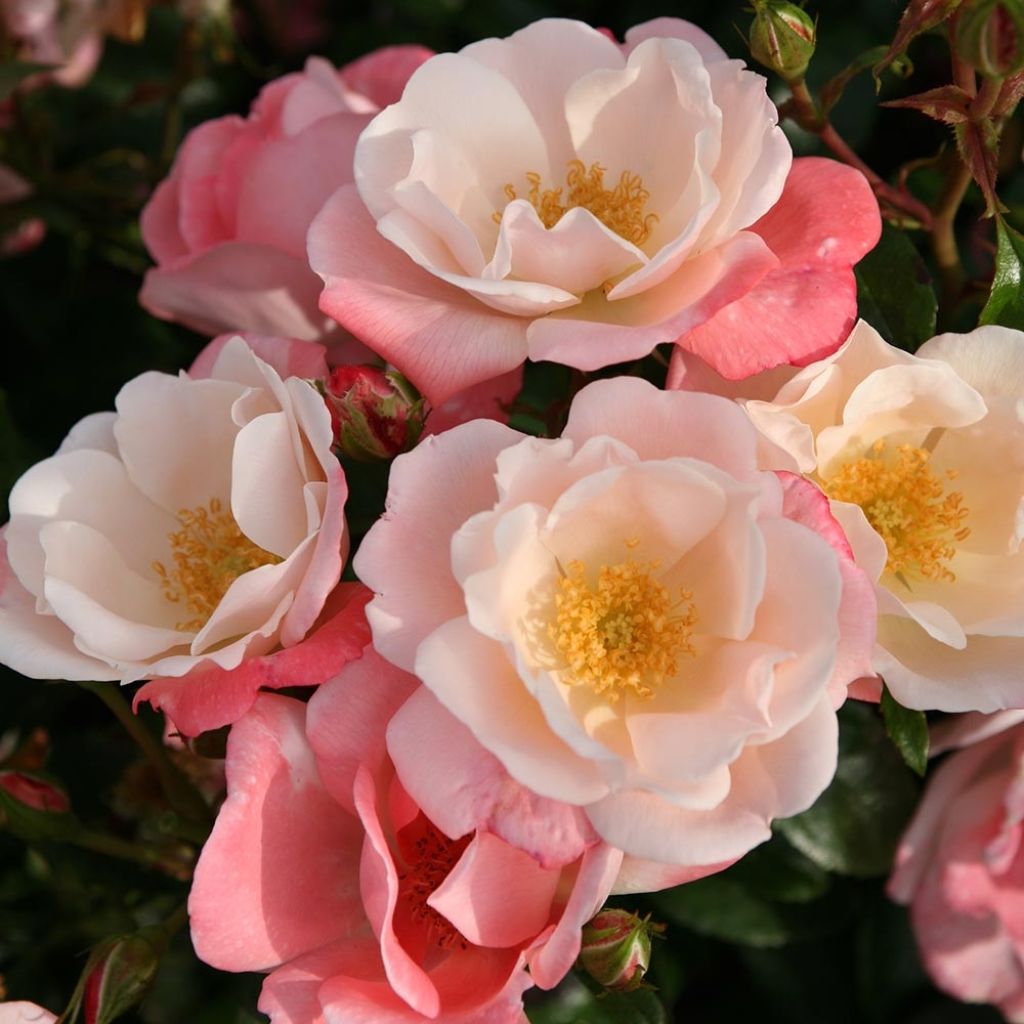

Rosa Nectar Garden Roseromantic
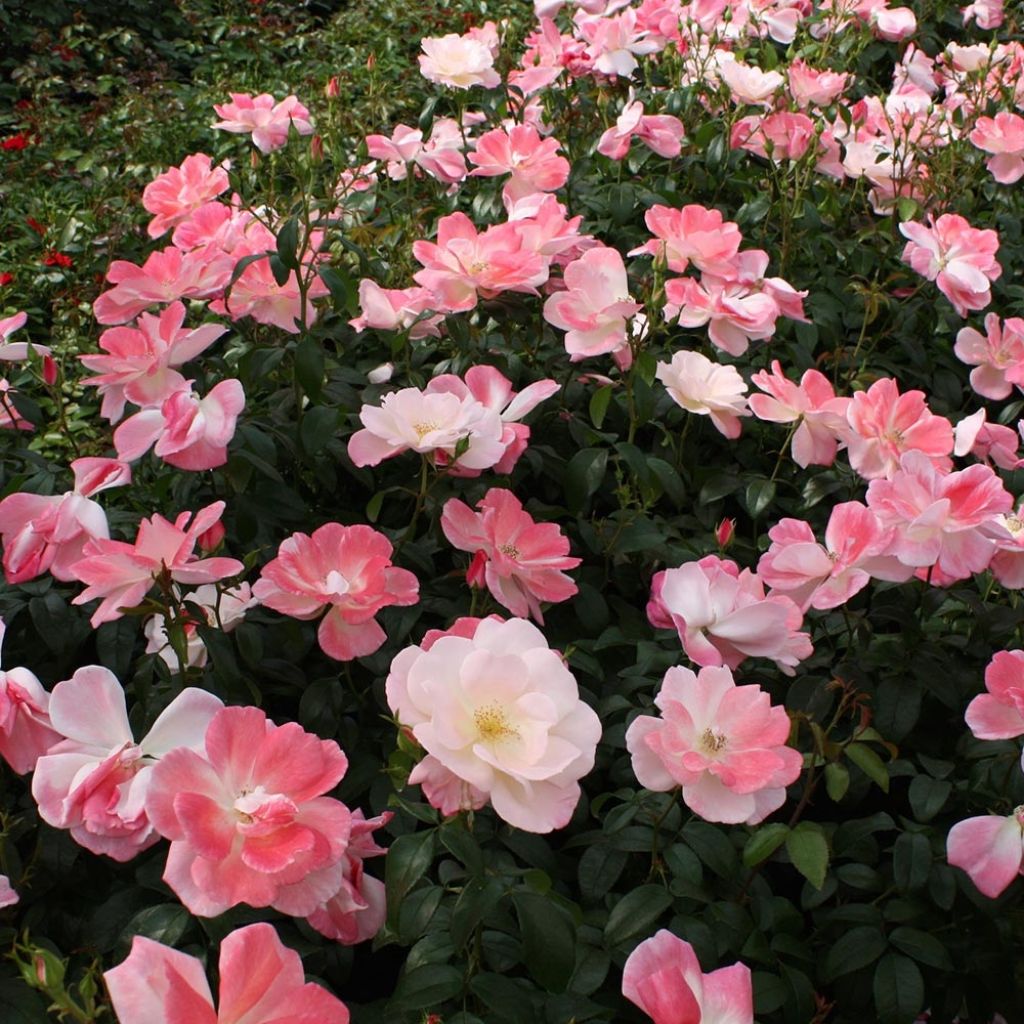

Rosa Nectar Garden Roseromantic
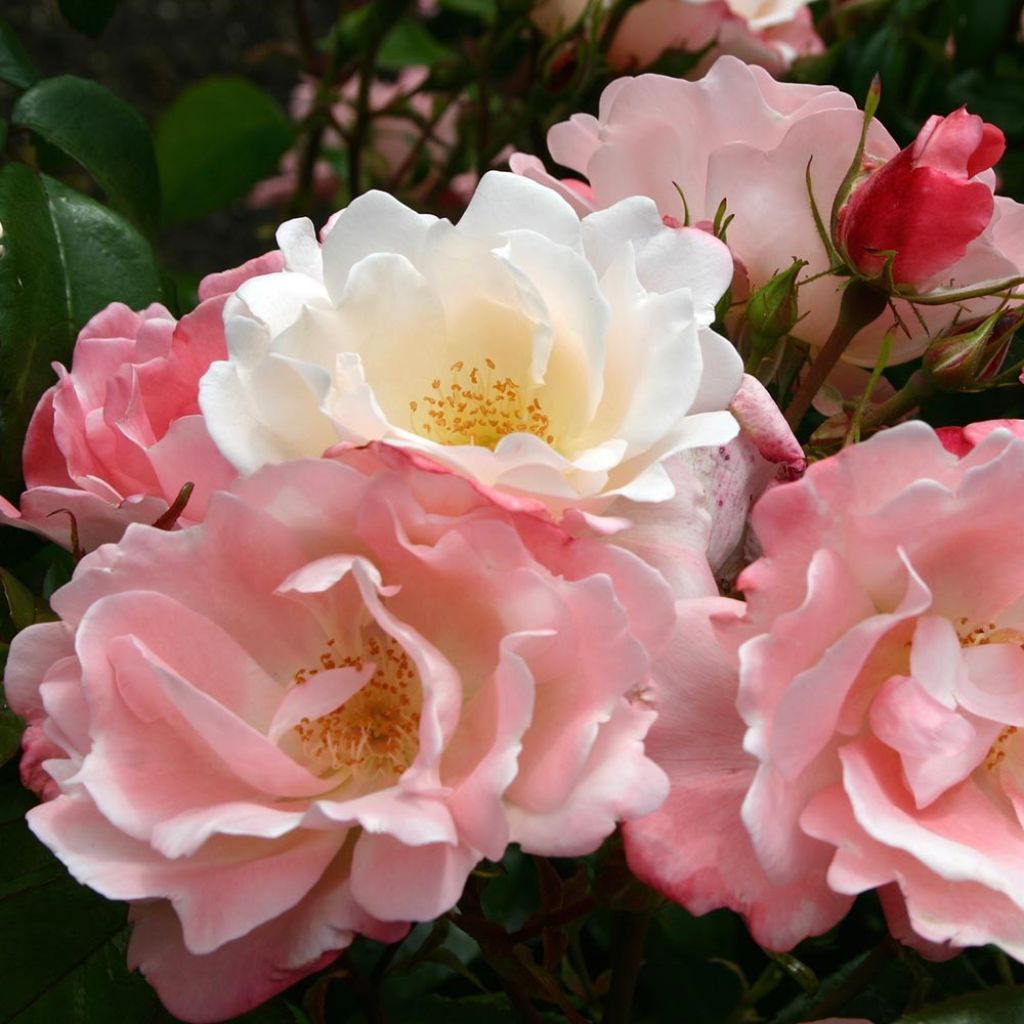

Rosa Nectar Garden Roseromantic
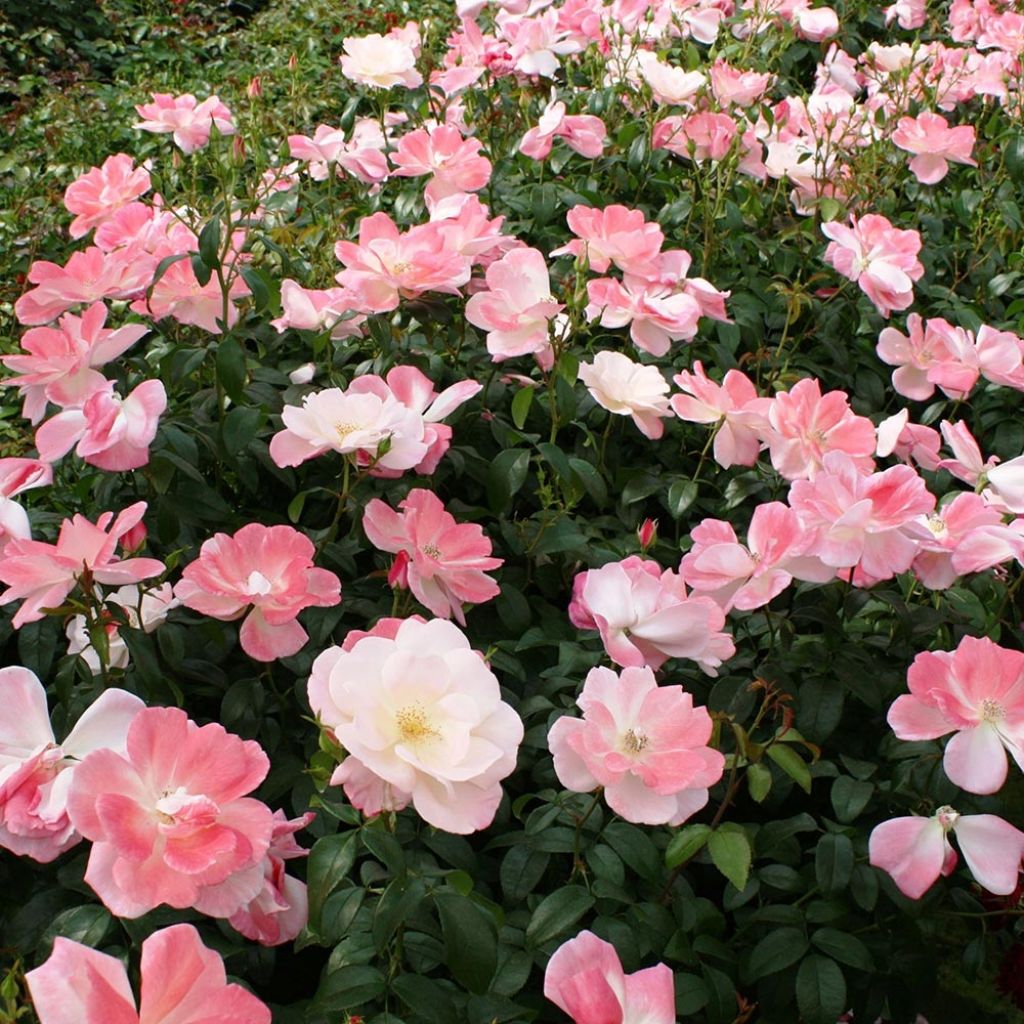

Rosa Nectar Garden Roseromantic
Rosa Nectar Garden Roseromantic
Rosa x floribunda NECTAR GARDEN® Roseromantic® 'Korumneza'
Disappointing rosebush, the flowers only last a very short time and lack endurance.
Michèle , 30/08/2021
Special offer!
Receive a €20 voucher for any order over €90 (excluding delivery costs, credit notes, and plastic-free options)!
1- Add your favorite plants to your cart.
2- Once you have reached €90, confirm your order (you can even choose the delivery date!).
3- As soon as your order is shipped, you will receive an email containing your voucher code, valid for 3 months (90 days).
Your voucher is unique and can only be used once, for any order with a minimum value of €20, excluding delivery costs.
Can be combined with other current offers, non-divisible and non-refundable.
We guarantee the quality of our plants for a full growing cycle, and will replace at our expense any plant that fails to recover under normal climatic and planting conditions.
Description
The 'Roseromantic' rose bush, leader of the 'Fairy' series from Kordes, is a new variety of rose bush that is as lovely as it is floriferous and easy to care for. On this graceful bush adorned with elegant glossy foliage, which is not very susceptible to diseases, refined and luminous bouquets open up, cream suffused with salmon pink around a bouquet of golden yellow stamens. Tireless, the bush blooms continuously and generously for months. Its flared habit works wonders at the front of a bed, along a pathway or terrace, or even in a planter.
The flowers of the Rosa x floribunda 'Roseromantic' or 'Korumneza', gathered in terminal clusters, come from the floribunda rose, an old hybrid resulting from the Rosa multiflora and the Rosa chinensis. This award-winning variety in Belfast, Northern Ireland 2016, was introduced in 2014 by the German rose grower Kordes, whose creations are selected based on their natural disease resistance. 'Roseromantic' is also part of a series of roses dedicated to biodiversity, both decorative, very remontant, robust and appreciated by pollinating insects.
This vigorous little bush has a bushy, dense, supple, and spreading habit. It will reach approximately 70 cm (28in) in height and 60 cm (24in) in width in a few years. The 7 cm (3in) in diameter semi-double flowers are abundantly and continuously produced from May to June to October if the soil remains moist (intense summer drought will not kill the plant, but will prevent it from flowering). They open charmingly in informal cups of petals shaped like shells. A symphony of shades of pink, from pastel pink to salmon pink and light carmine, invades the creamy background of petals surrounding a pretty bouquet of yellow stamens. No flower is the same, but they are all luminous. This variety develops elegant and well-furnished foliage, divided into small ovate and finely toothed leaflets, dark green and shiny, which beautifully enhance the flowering. Its stems are thorny.
The 'Roseromantic' rose bush lives up to its name. It charms no matter how used: along a pathway or in a bed, planted in groups or mixed with other small flowering bushes, in a planter on the terrace or installed above a low wall. The bright colour of its flowers can be combined with all pastel or more vibrant blooms. To accompany it in the garden, choose, for example, perennial geraniums (Geranium Blue Cloud, Anne Folkard, Nimbus, Rozanne, Orion), bellflowers, catmints, lavenders, shrubby wormwoods, perennial salvias, valerians (Centranthus ruber), or even chamomiles. Hardy and robust, it adapts to all soils that are not too dry and all climates, which allows it to be planted almost anywhere.
Rosa Nectar Garden Roseromantic in pictures
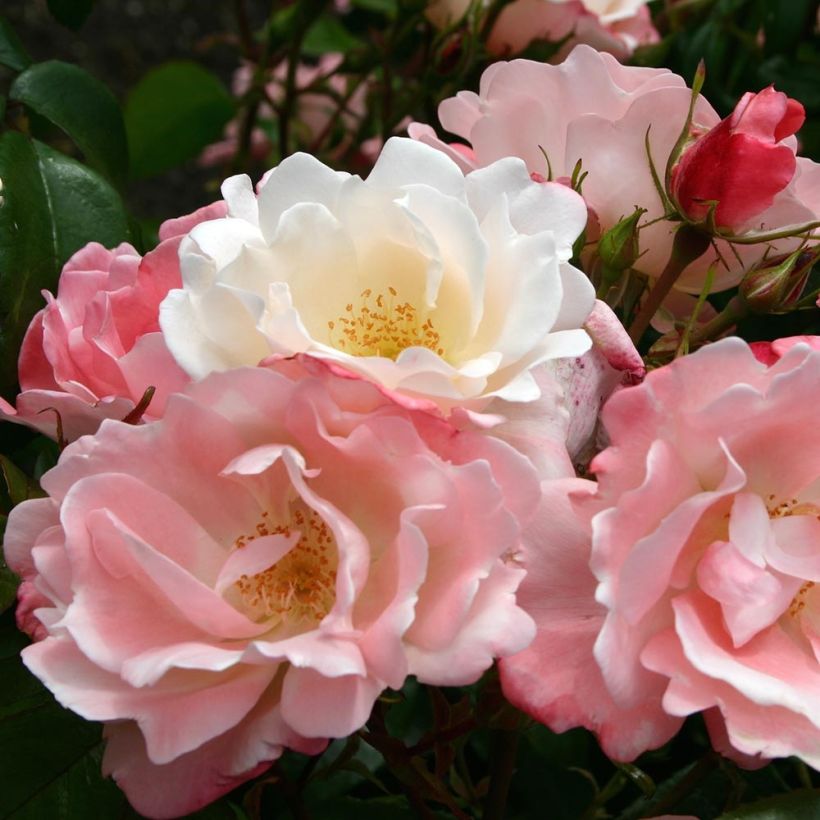

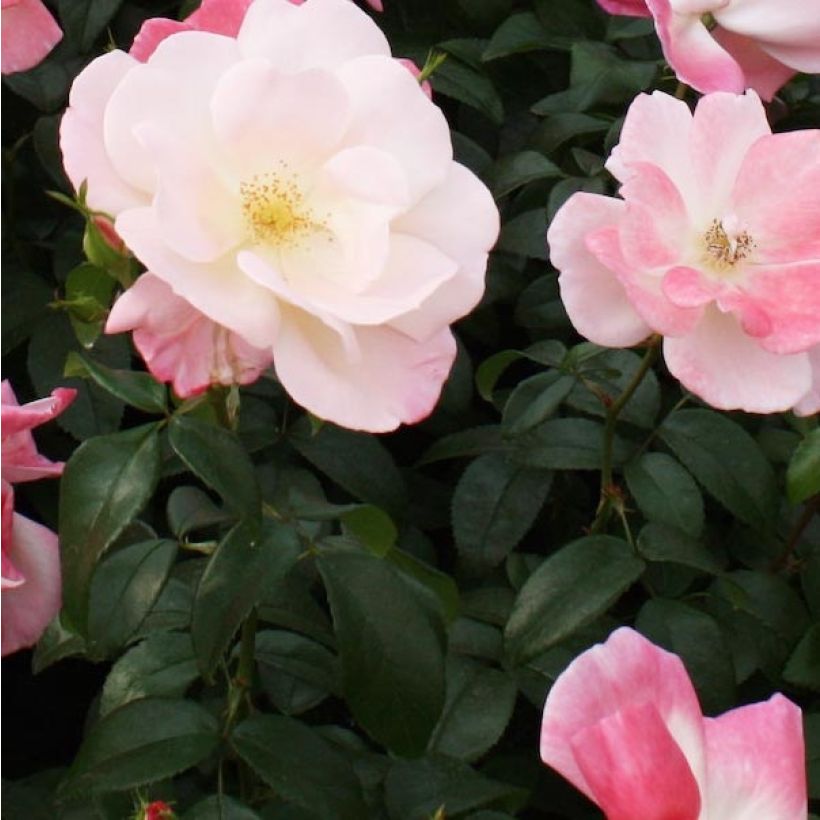

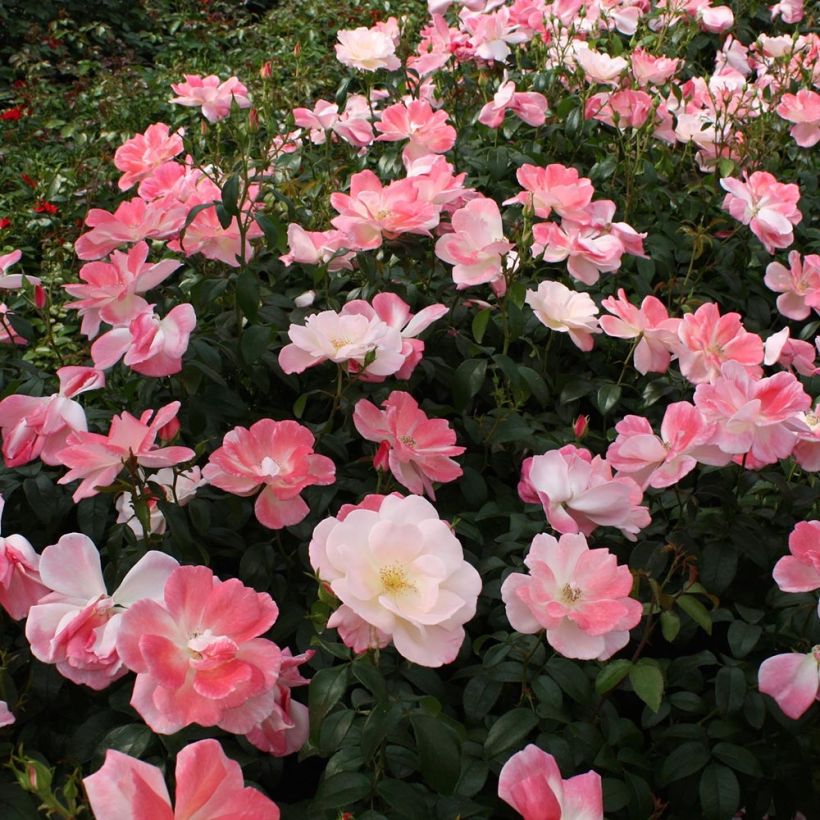

Plant habit
Flowering
Foliage
Botanical data
Rosa
x floribunda
NECTAR GARDEN® Roseromantic® 'Korumneza'
Rosaceae
Cultivar or hybrid
Planting and care
Planting your rose requires some preparation. Begin by working the soil to a depth of 25 cubic cm and adding a base amendment like blood, fish, and bone to the bottom of the planting hole. Remove the plant from its pot and position it by covering the top of the root ball with 3 cm (1in) of soil. Refill the hole and water generously to eliminate any air pockets. It's essential to water the rose regularly for a few weeks during dry weather to help the roots grow. Use a special rose fertiliser that stimulates plant flowering. Choose a sunny location or partial shade to plant your rose in hot regions.
Roses may develop unsightly spots at the end of summer, but this is a natural occurrence and doesn't harm the rose's growth.
Planting period
Intended location
Care
Planting & care advice
-
, onOrder confirmed
Reply from on Promesse de fleurs
Similar products
Haven't found what you were looking for?
Hardiness is the lowest winter temperature a plant can endure without suffering serious damage or even dying. However, hardiness is affected by location (a sheltered area, such as a patio), protection (winter cover) and soil type (hardiness is improved by well-drained soil).

Photo Sharing Terms & Conditions
In order to encourage gardeners to interact and share their experiences, Promesse de fleurs offers various media enabling content to be uploaded onto its Site - in particular via the ‘Photo sharing’ module.
The User agrees to refrain from:
- Posting any content that is illegal, prejudicial, insulting, racist, inciteful to hatred, revisionist, contrary to public decency, that infringes on privacy or on the privacy rights of third parties, in particular the publicity rights of persons and goods, intellectual property rights, or the right to privacy.
- Submitting content on behalf of a third party;
- Impersonate the identity of a third party and/or publish any personal information about a third party;
In general, the User undertakes to refrain from any unethical behaviour.
All Content (in particular text, comments, files, images, photos, videos, creative works, etc.), which may be subject to property or intellectual property rights, image or other private rights, shall remain the property of the User, subject to the limited rights granted by the terms of the licence granted by Promesse de fleurs as stated below. Users are at liberty to publish or not to publish such Content on the Site, notably via the ‘Photo Sharing’ facility, and accept that this Content shall be made public and freely accessible, notably on the Internet.
Users further acknowledge, undertake to have ,and guarantee that they hold all necessary rights and permissions to publish such material on the Site, in particular with regard to the legislation in force pertaining to any privacy, property, intellectual property, image, or contractual rights, or rights of any other nature. By publishing such Content on the Site, Users acknowledge accepting full liability as publishers of the Content within the meaning of the law, and grant Promesse de fleurs, free of charge, an inclusive, worldwide licence for the said Content for the entire duration of its publication, including all reproduction, representation, up/downloading, displaying, performing, transmission, and storage rights.
Users also grant permission for their name to be linked to the Content and accept that this link may not always be made available.
By engaging in posting material, Users consent to their Content becoming automatically accessible on the Internet, in particular on other sites and/or blogs and/or web pages of the Promesse de fleurs site, including in particular social pages and the Promesse de fleurs catalogue.
Users may secure the removal of entrusted content free of charge by issuing a simple request via our contact form.
The flowering period indicated on our website applies to countries and regions located in USDA zone 8 (France, the United Kingdom, Ireland, the Netherlands, etc.)
It will vary according to where you live:
- In zones 9 to 10 (Italy, Spain, Greece, etc.), flowering will occur about 2 to 4 weeks earlier.
- In zones 6 to 7 (Germany, Poland, Slovenia, and lower mountainous regions), flowering will be delayed by 2 to 3 weeks.
- In zone 5 (Central Europe, Scandinavia), blooming will be delayed by 3 to 5 weeks.
In temperate climates, pruning of spring-flowering shrubs (forsythia, spireas, etc.) should be done just after flowering.
Pruning of summer-flowering shrubs (Indian Lilac, Perovskia, etc.) can be done in winter or spring.
In cold regions as well as with frost-sensitive plants, avoid pruning too early when severe frosts may still occur.
The planting period indicated on our website applies to countries and regions located in USDA zone 8 (France, United Kingdom, Ireland, Netherlands).
It will vary according to where you live:
- In Mediterranean zones (Marseille, Madrid, Milan, etc.), autumn and winter are the best planting periods.
- In continental zones (Strasbourg, Munich, Vienna, etc.), delay planting by 2 to 3 weeks in spring and bring it forward by 2 to 4 weeks in autumn.
- In mountainous regions (the Alps, Pyrenees, Carpathians, etc.), it is best to plant in late spring (May-June) or late summer (August-September).
The harvesting period indicated on our website applies to countries and regions in USDA zone 8 (France, England, Ireland, the Netherlands).
In colder areas (Scandinavia, Poland, Austria...) fruit and vegetable harvests are likely to be delayed by 3-4 weeks.
In warmer areas (Italy, Spain, Greece, etc.), harvesting will probably take place earlier, depending on weather conditions.
The sowing periods indicated on our website apply to countries and regions within USDA Zone 8 (France, UK, Ireland, Netherlands).
In colder areas (Scandinavia, Poland, Austria...), delay any outdoor sowing by 3-4 weeks, or sow under glass.
In warmer climes (Italy, Spain, Greece, etc.), bring outdoor sowing forward by a few weeks.






























